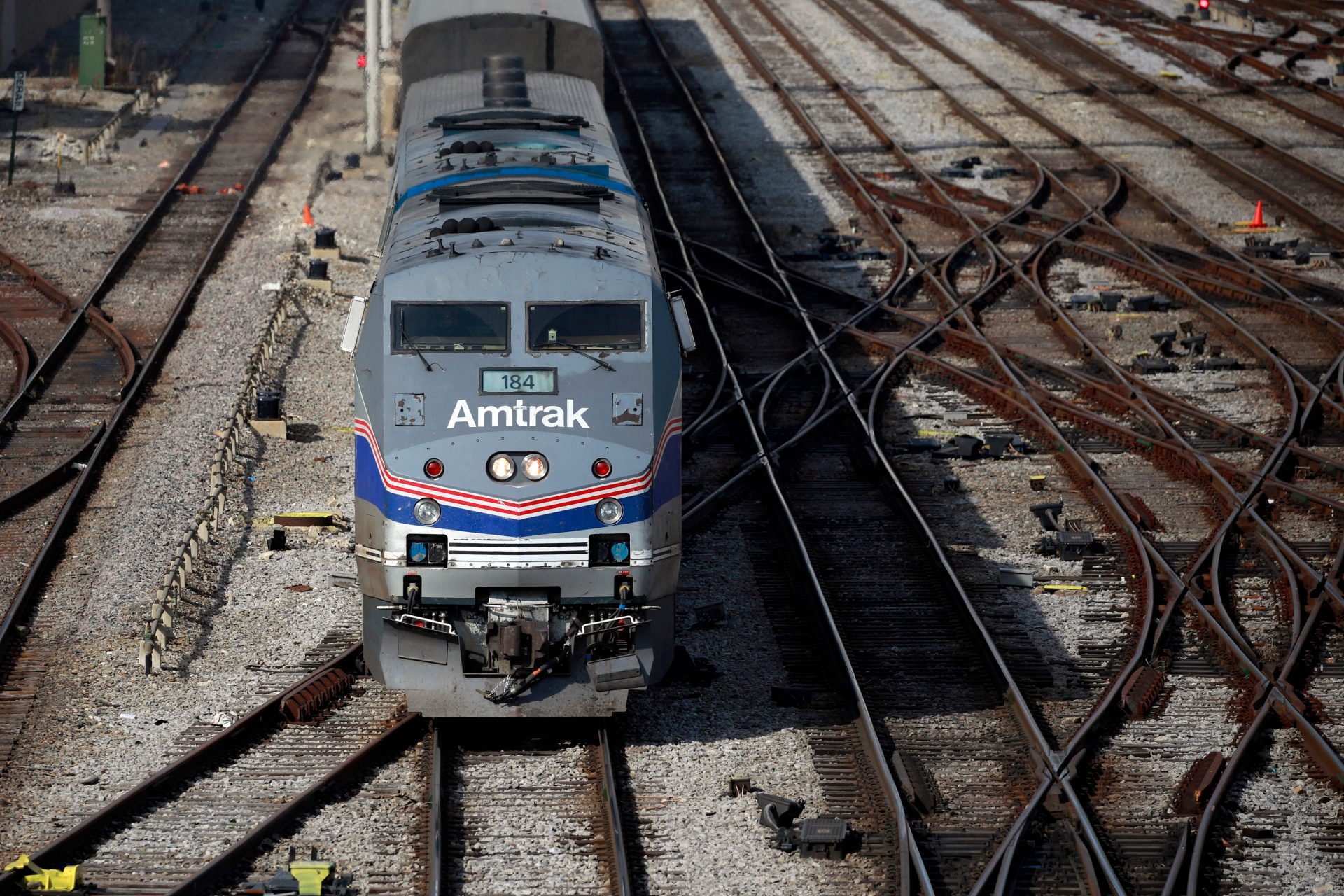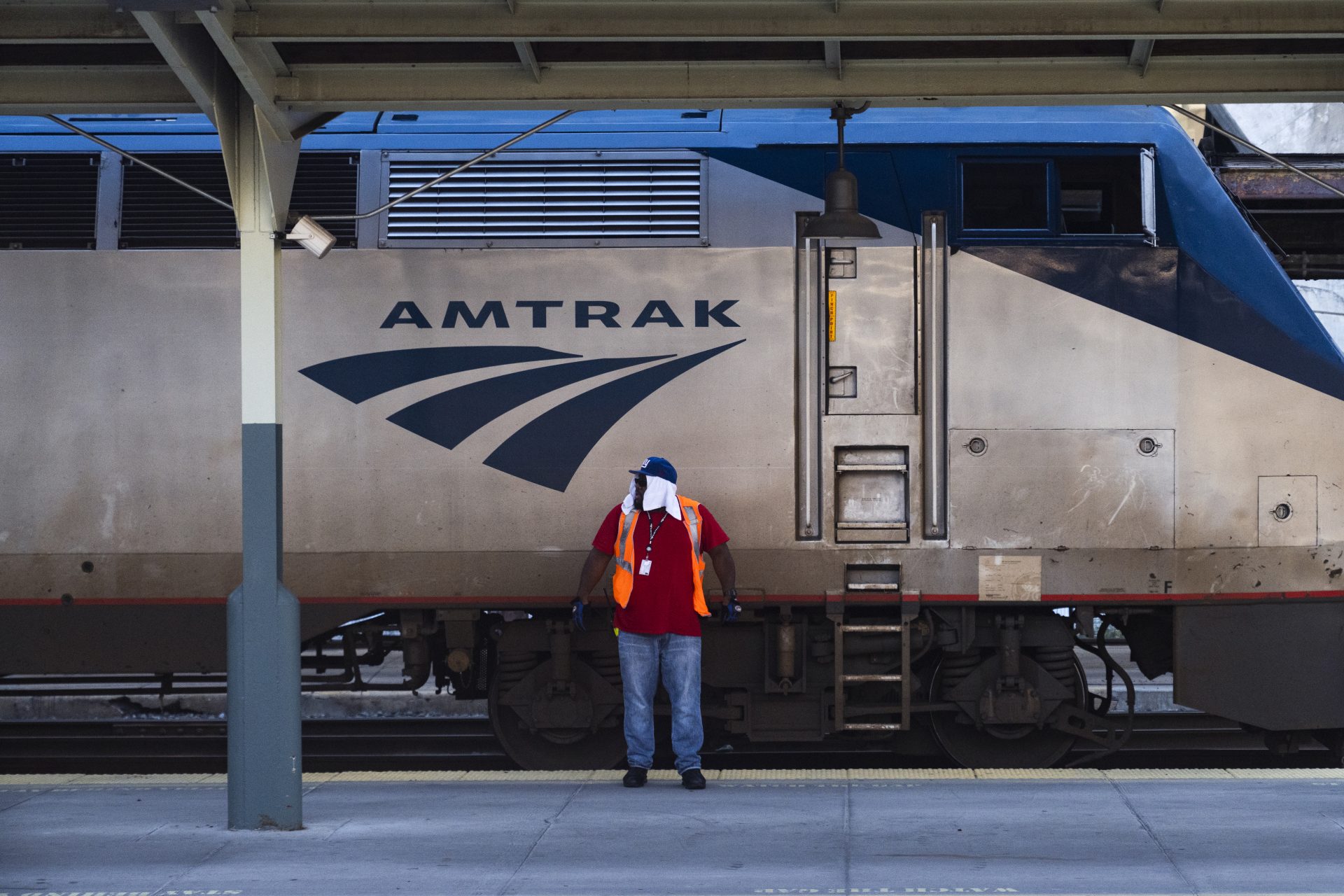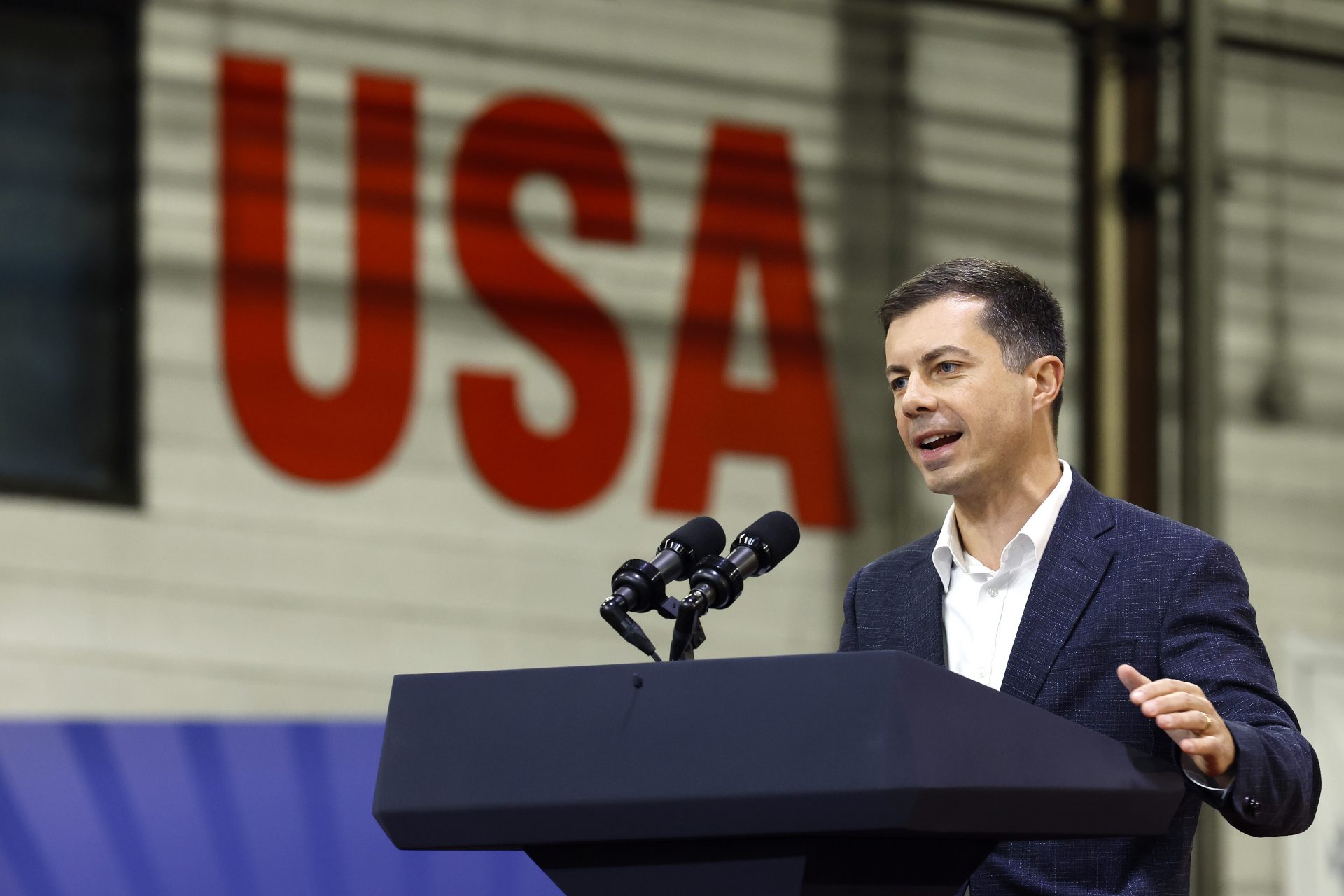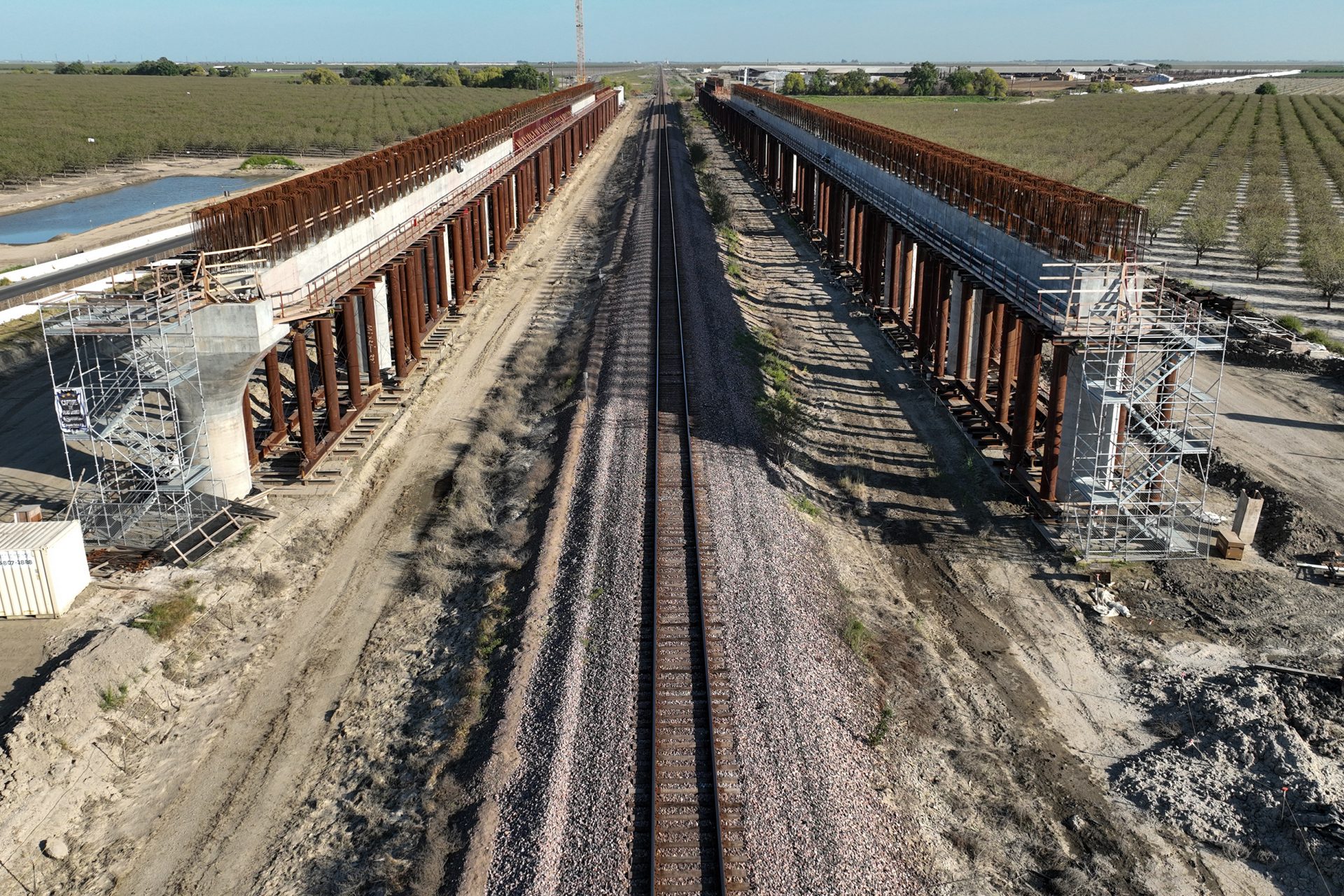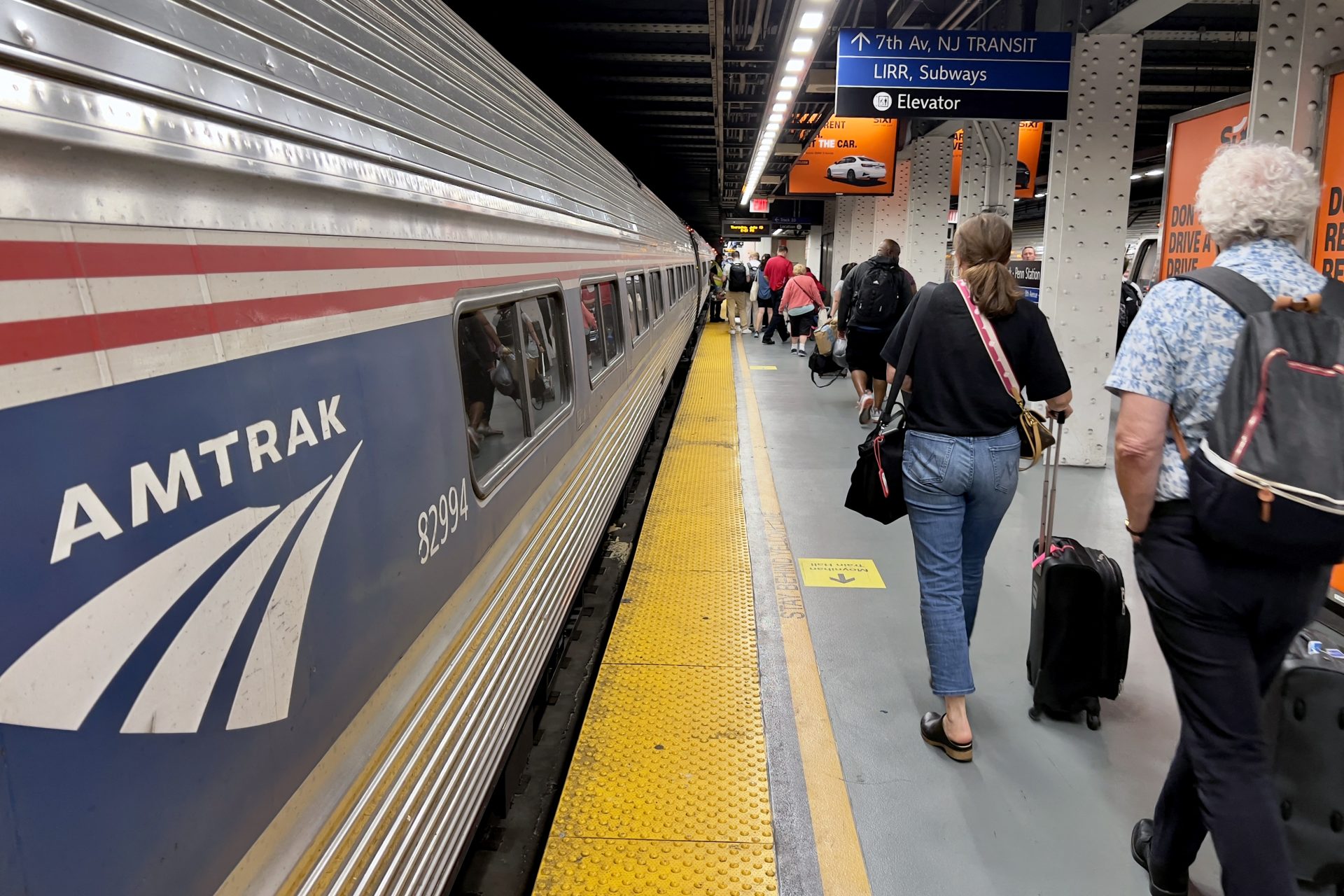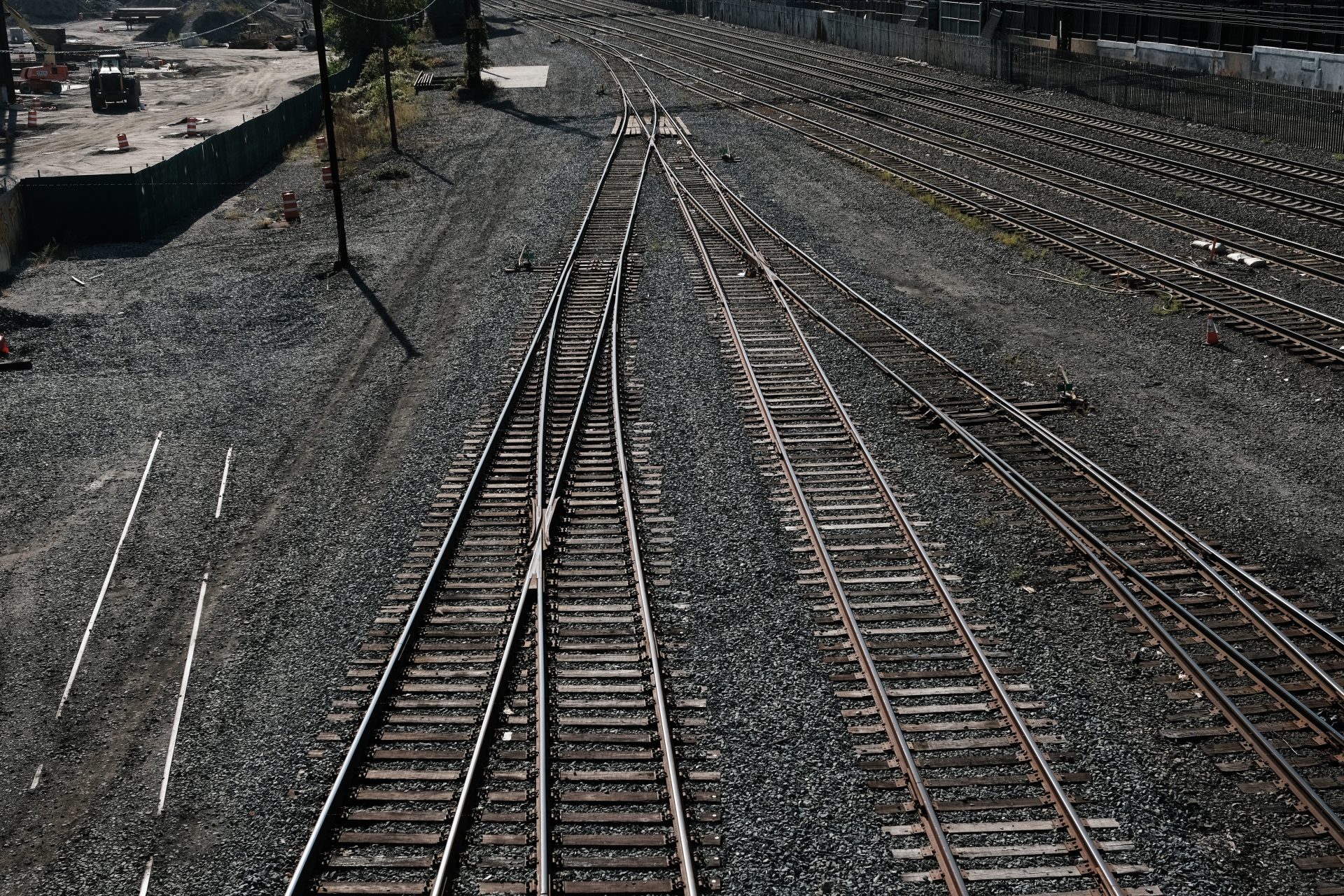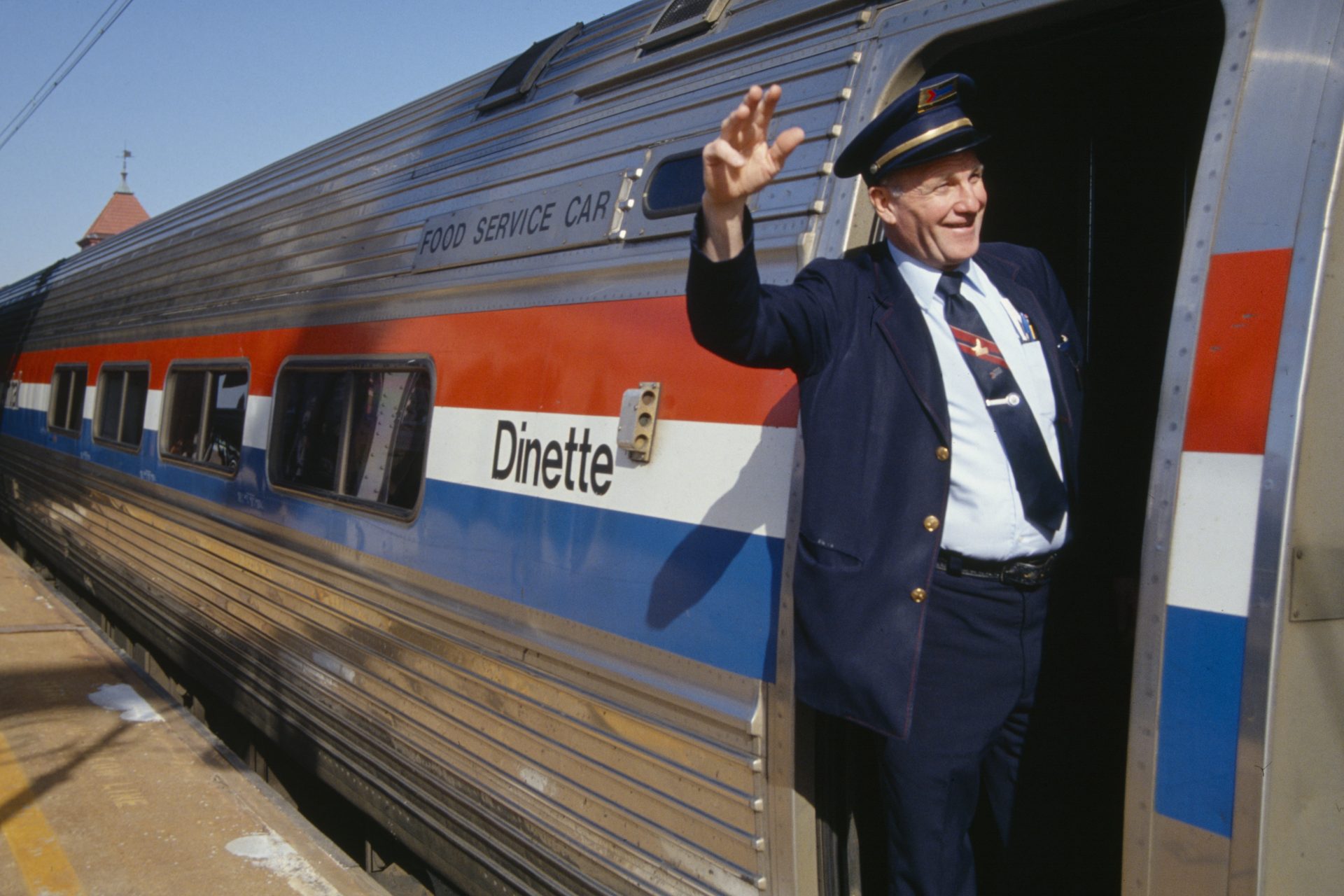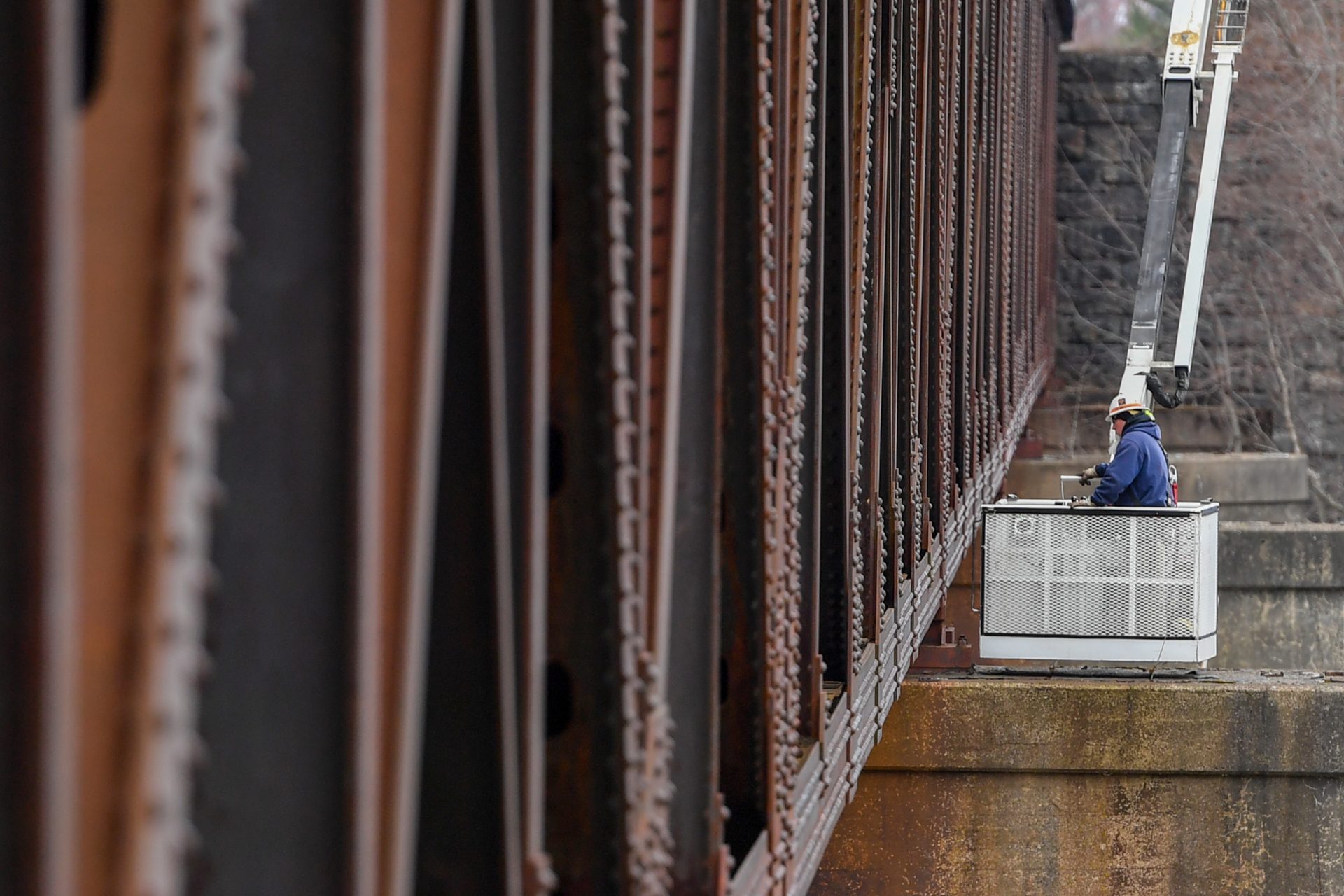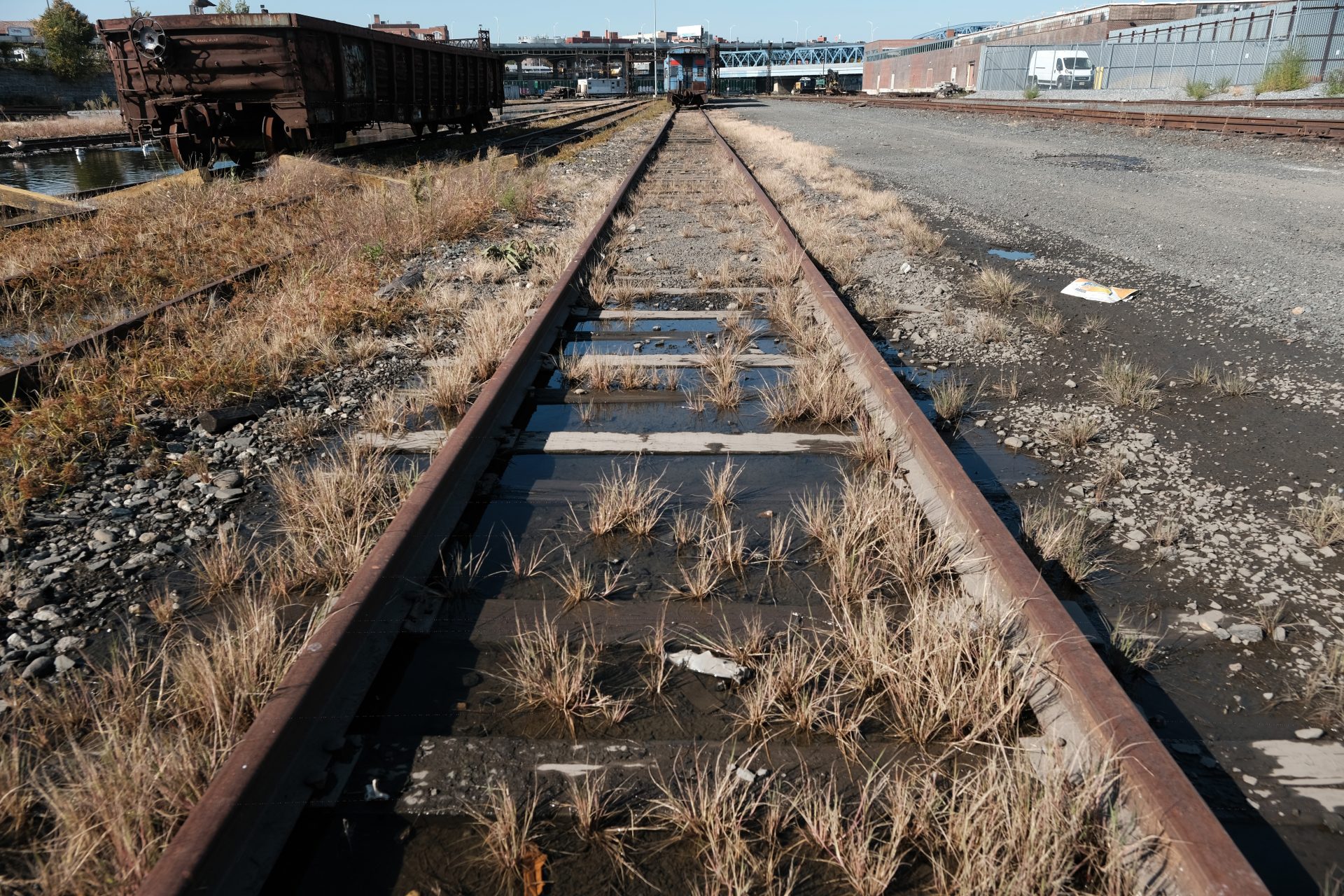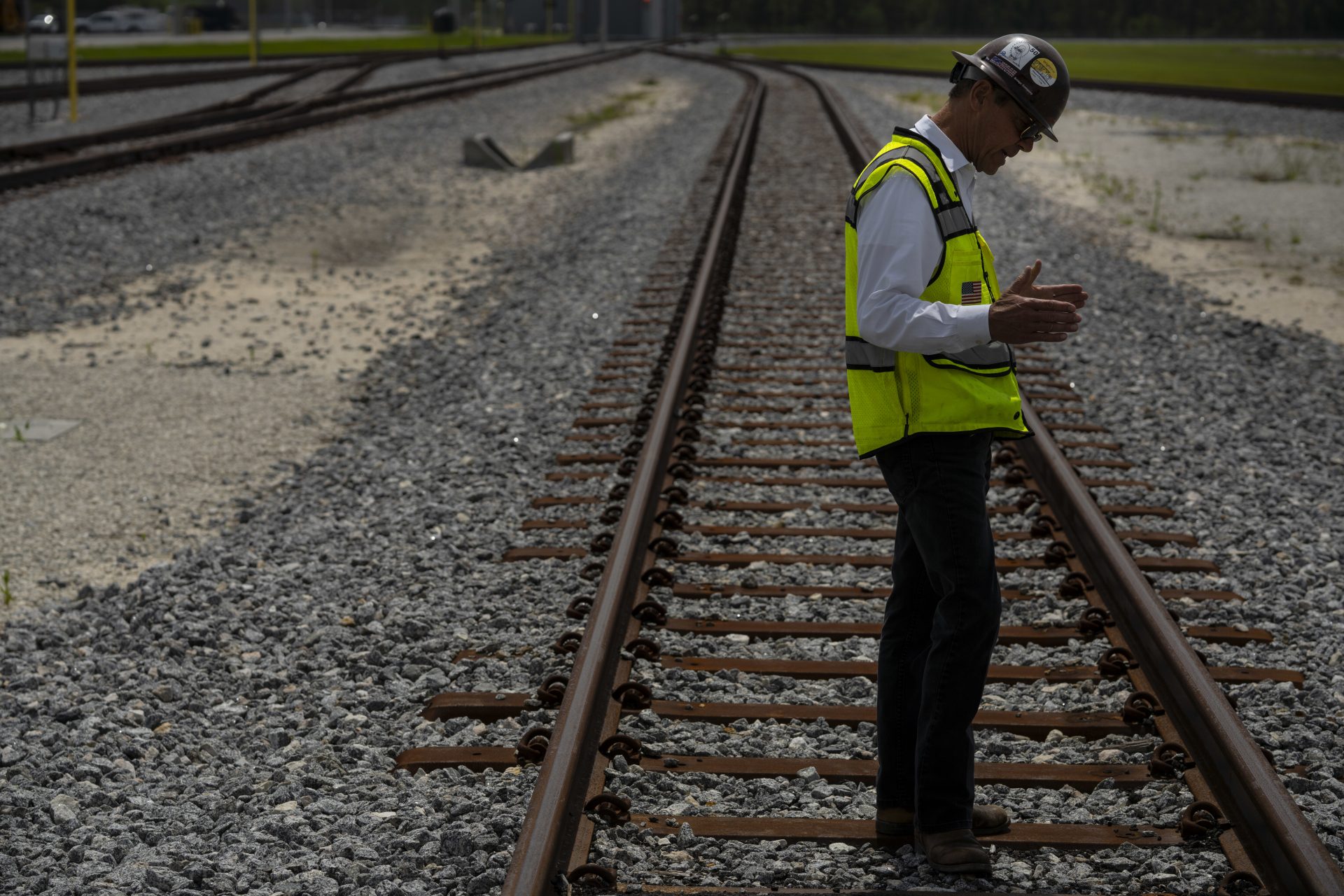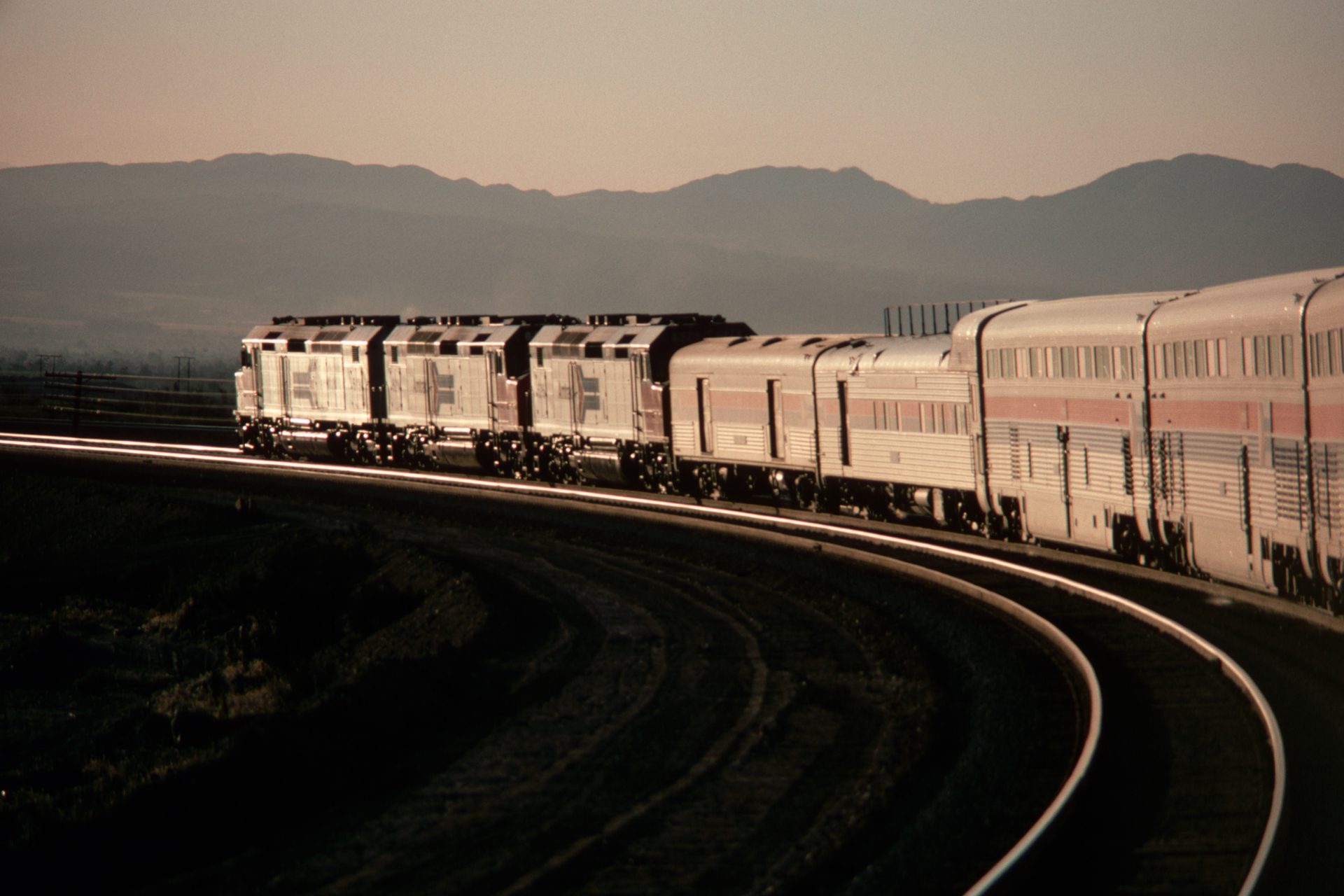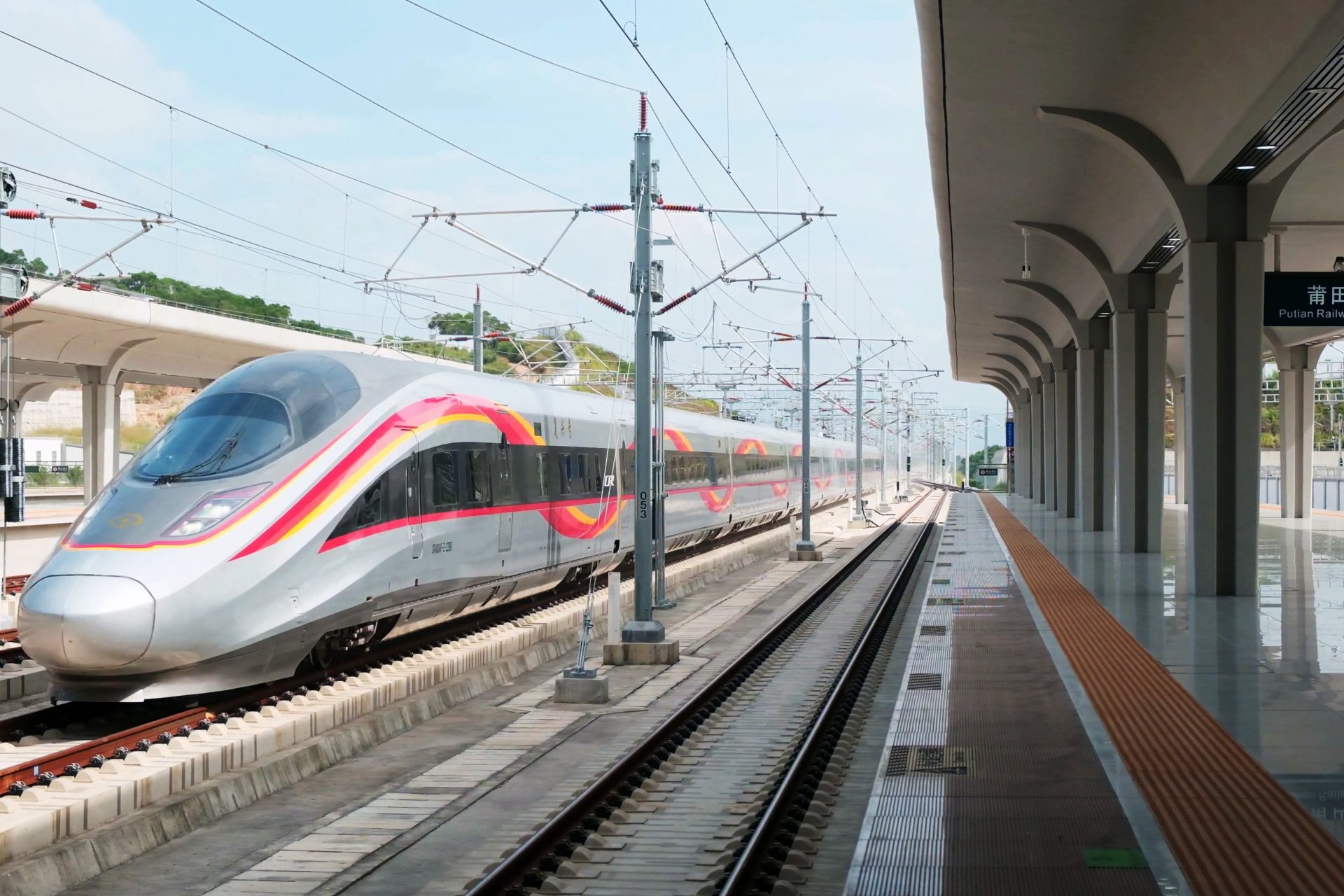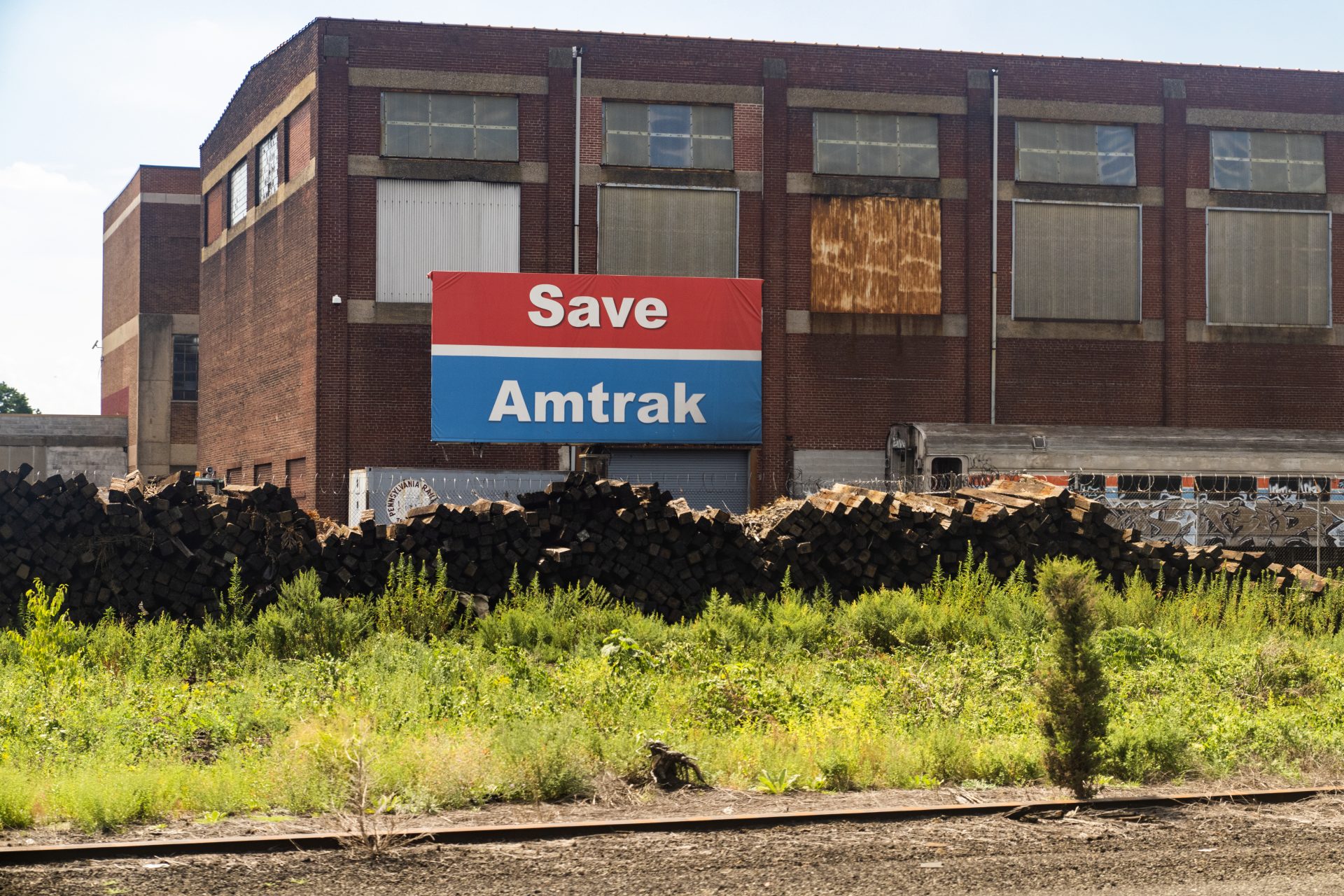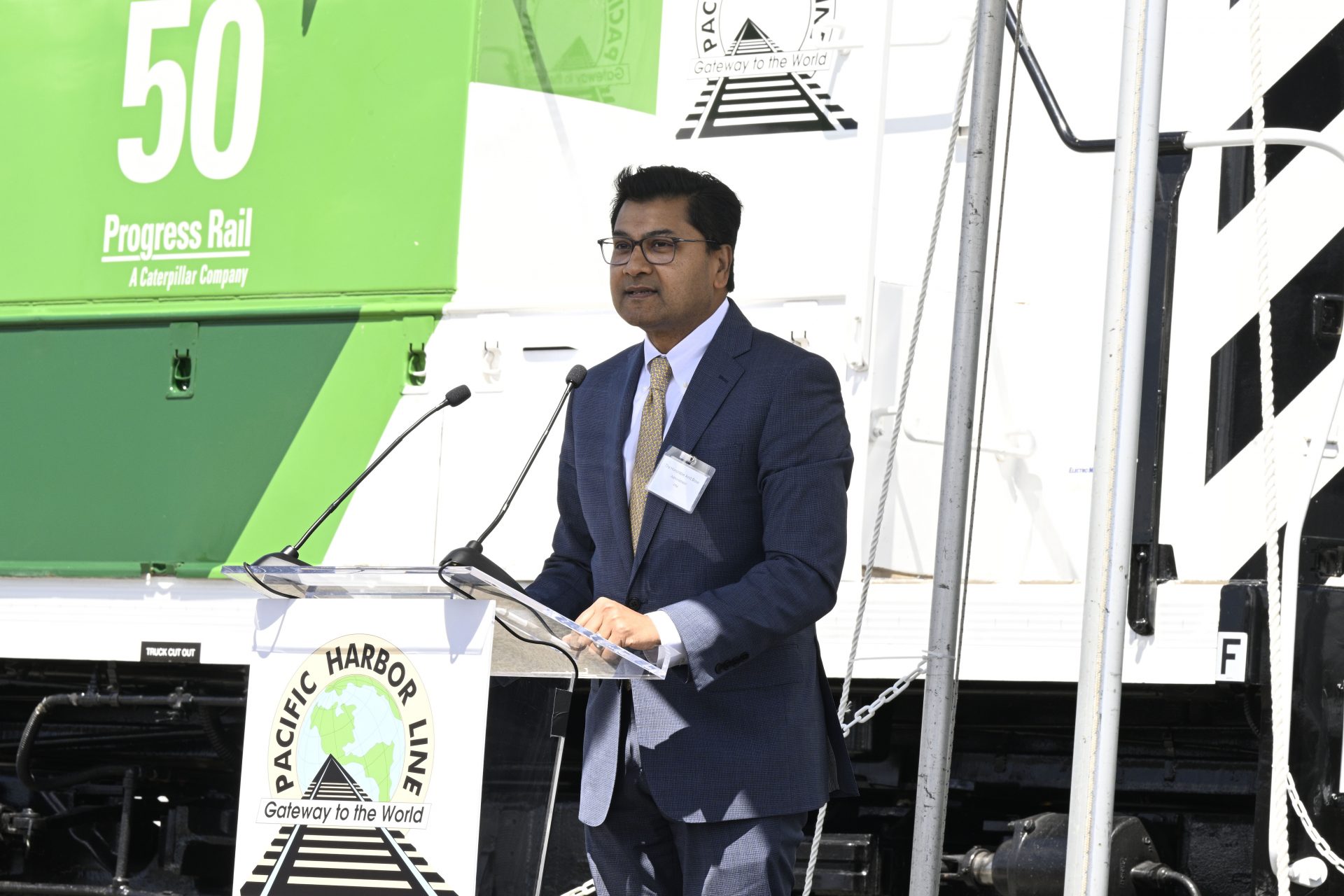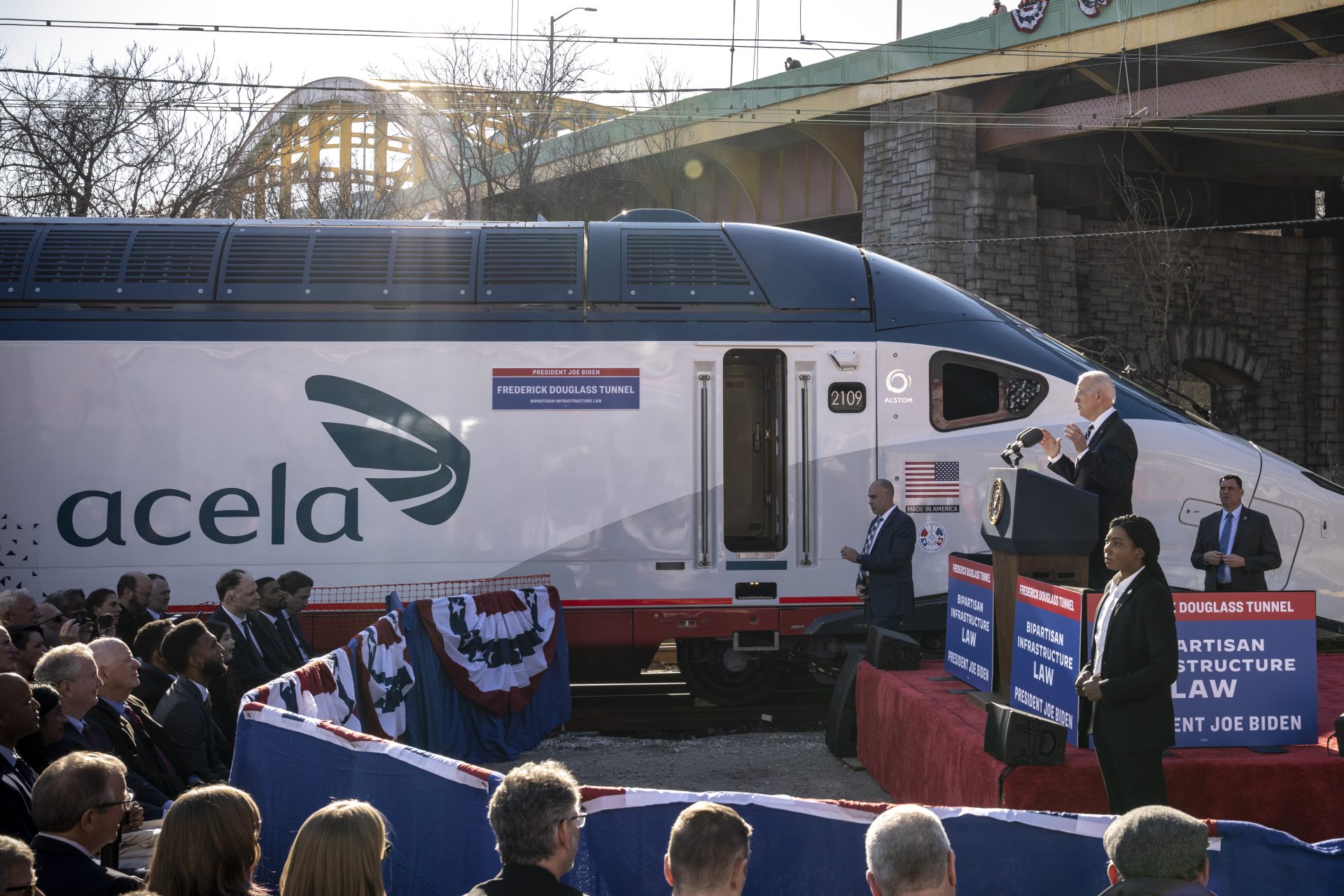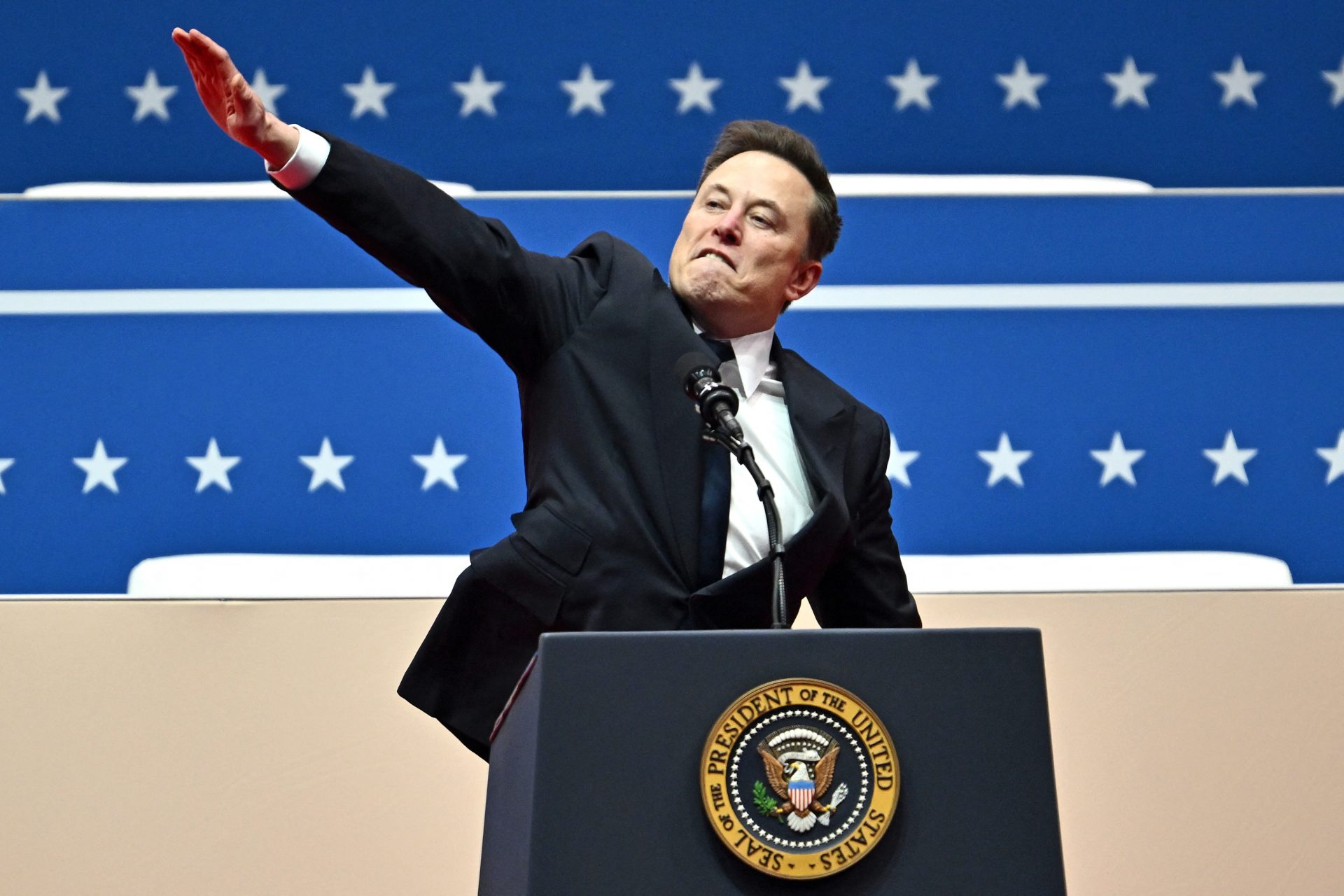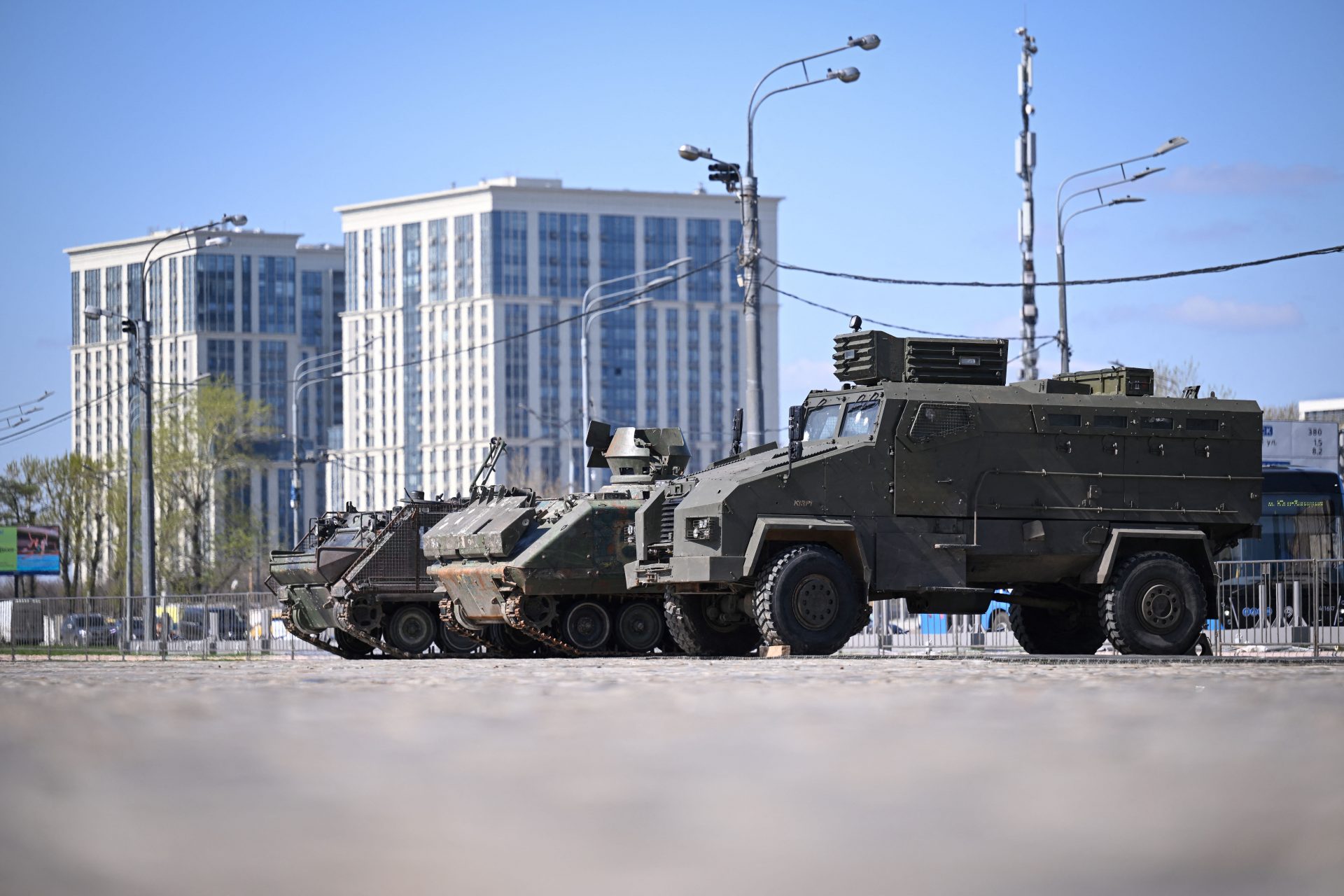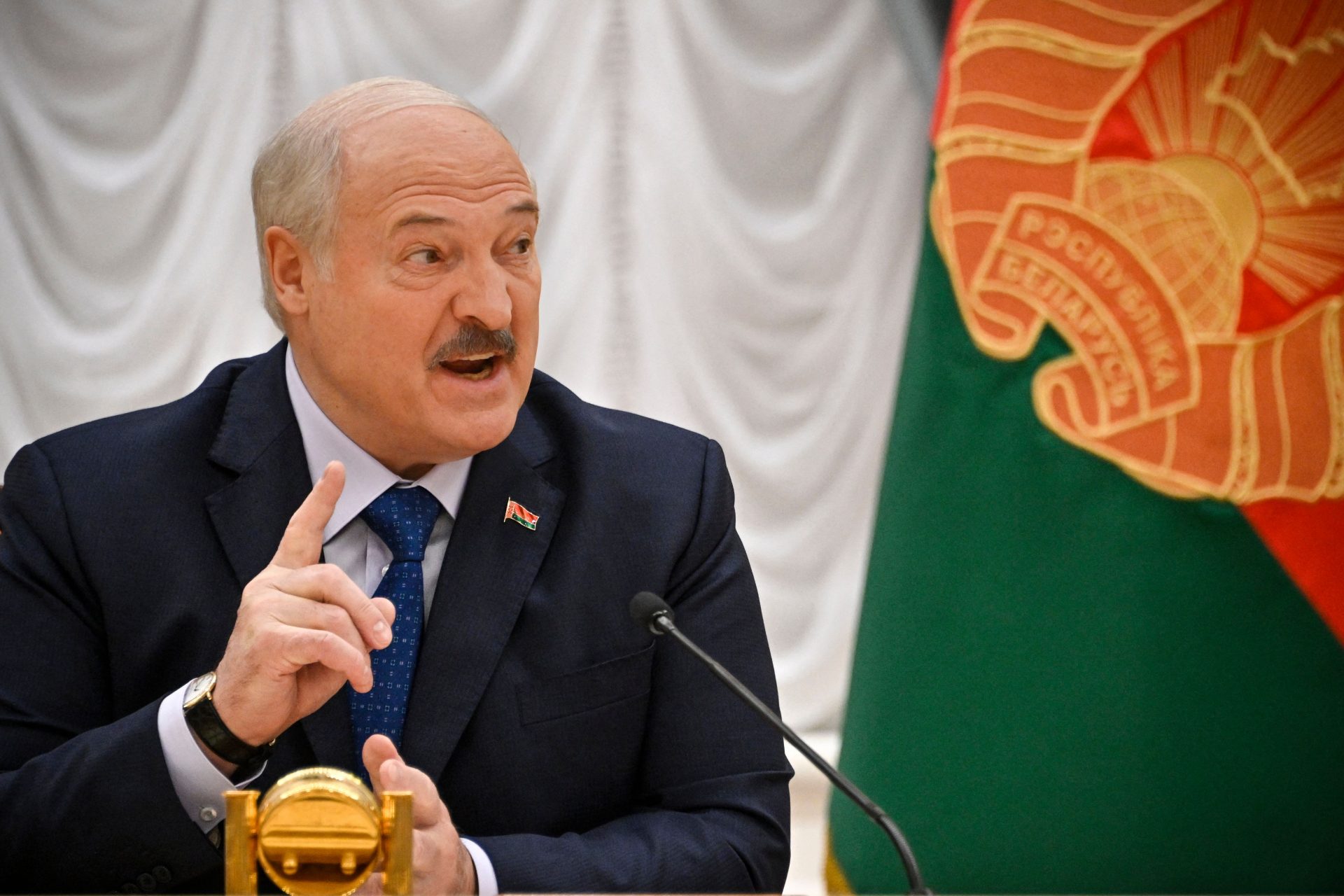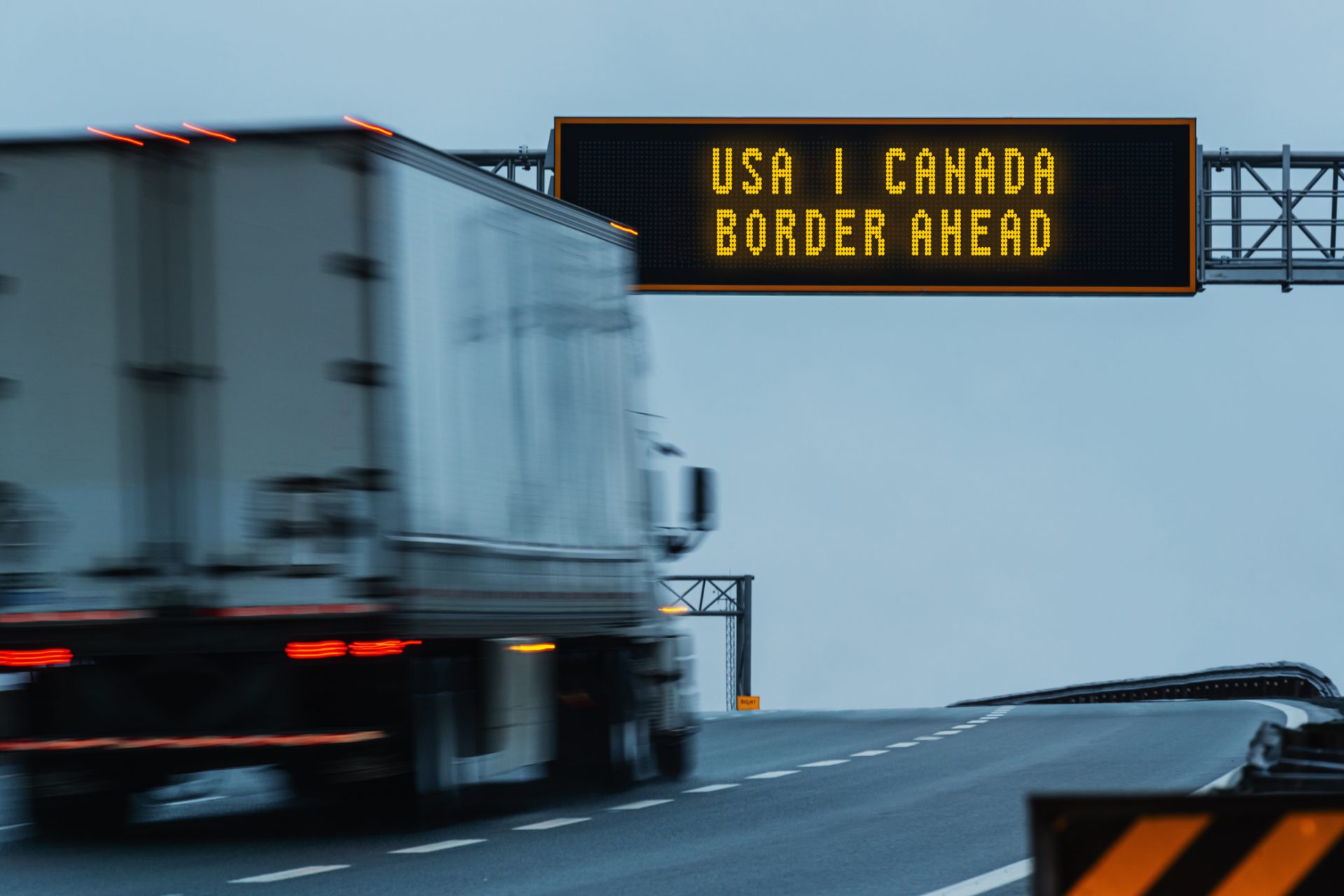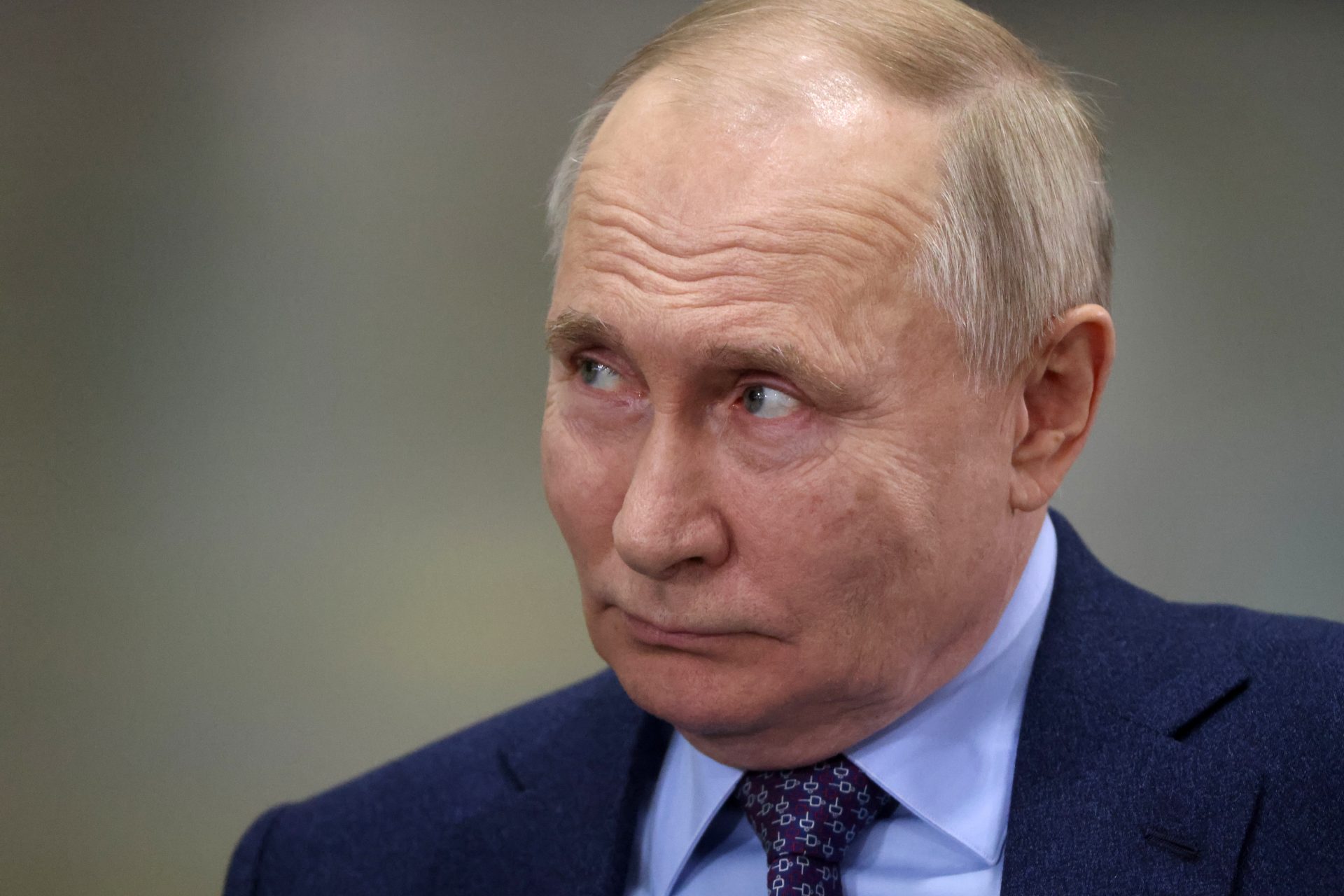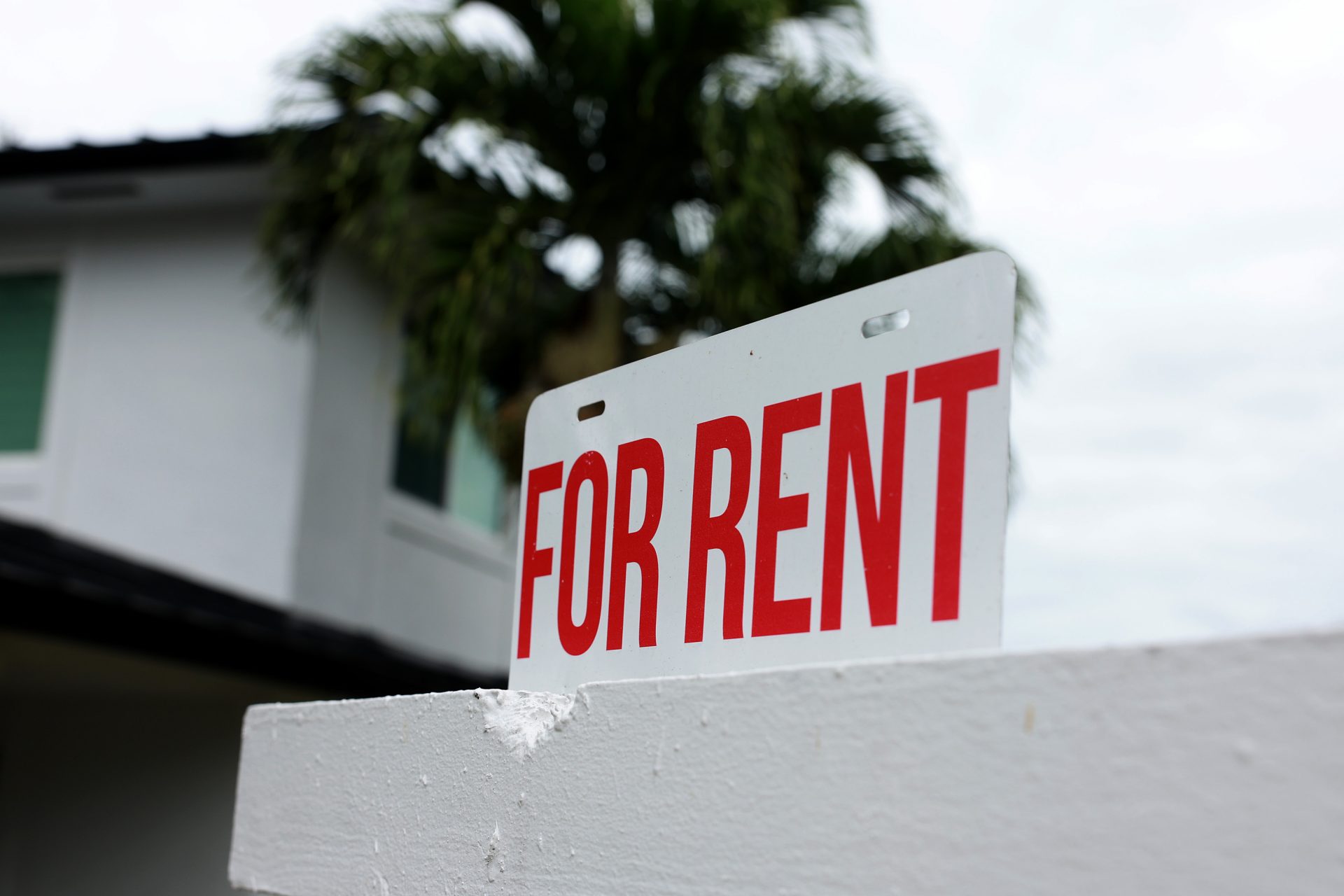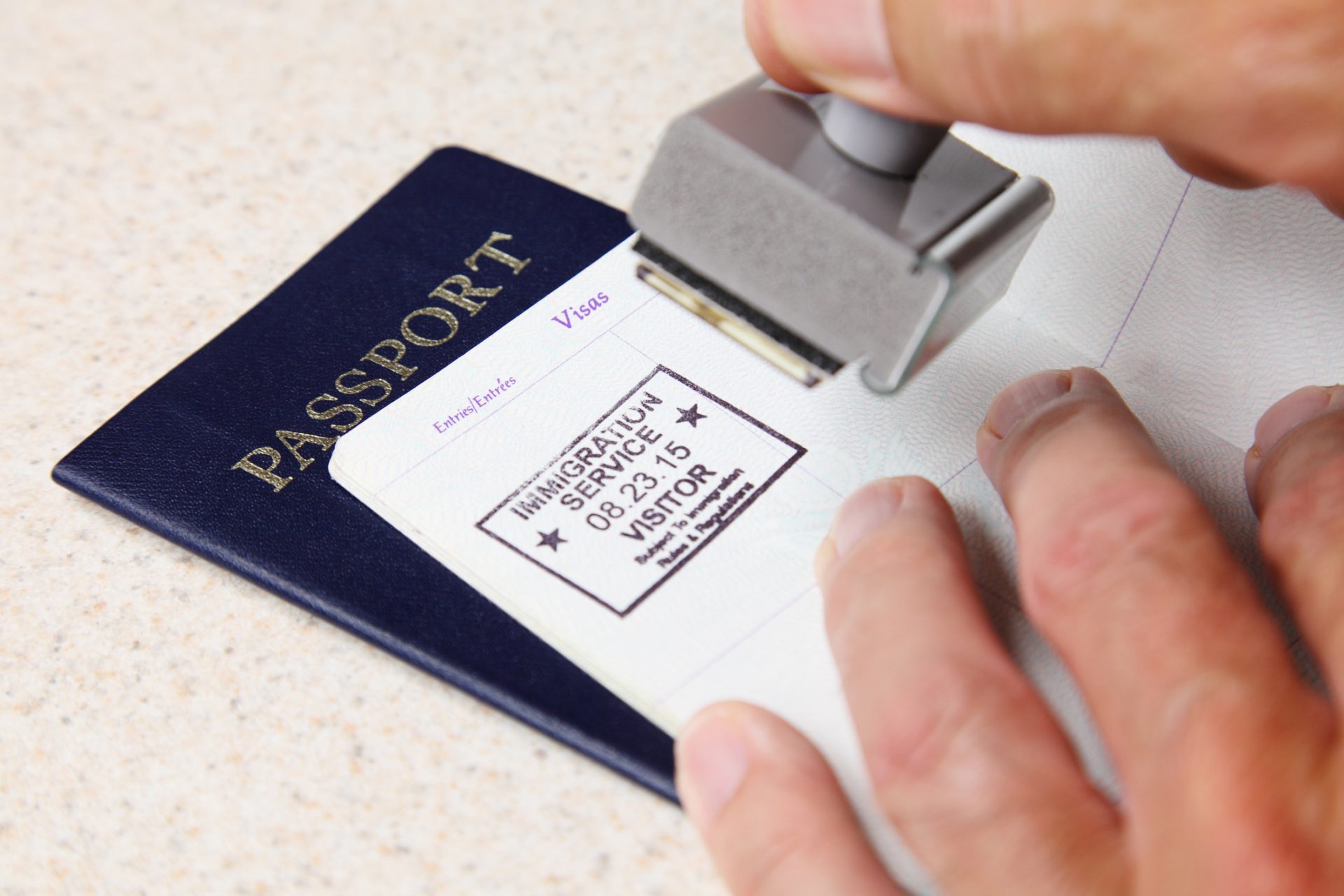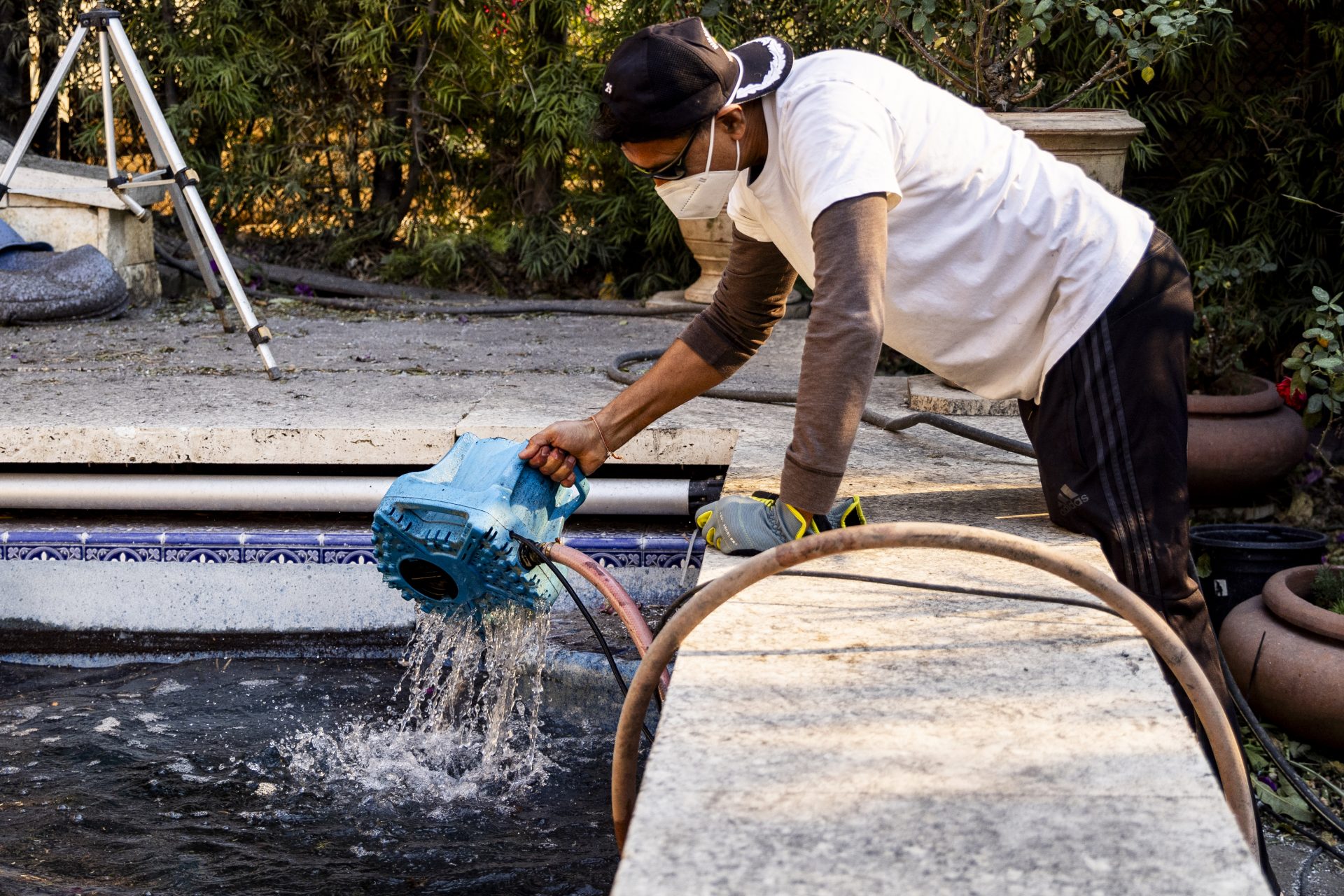American passenger rail is bad but its about to get better
On December 8th, President Biden announced a new multi-billion dollar investment into ten nationwide passenger rail projects that will transform the train network in the United States. Here’s what you need to know.
President Biden revealed that the federal government was planning to invest $8.2 billion into the country’s rail infrastructure, an investment which would affect every region in the US according to the Department of Transportation.
New grants were awarded to ten passenger rail projects in nine states, and the president’s announcement also identified sixty-nine corridors across forty-four states earmarked for future development through two grant programs.
Biden's announcement is part of the president’s goal to create world-class passenger rail in the United States and comes on the heels of another rail investment announcement that revealed $16.4 billion in grants back in November.
Transport Secretary Pete Buttigieg called the new funding a “historic step” aimed at helping to "deliver the passenger rail system that Americans have been calling for." Buttigieg added that the funds would bring faster and more reliable service to America.
One of the projects selected to receive some of the federal government's new passenger rail grant funding included one development that will become the country’s first world-class high-speed rail, which will see a new high-speed rail system connect Nevada and California.
This project will serve more than 11 million Americans according to a statement from the White House and it will see the development of a high-speed rail line that will eventually link San Francisco to Los Angeles.
Frequently traveled rail corridors in Virginia, North Carolina, and the District of Columbia will also receive substantial upgrades, and one of the country’s busiest rail hubs—Union Station in Chicago—will also be upgraded.
Pennsylvania’s Keystone corridor will see the rialine expanded and frequency added to it while service in Maine, Montana, and Alaska will be improved with the new funds from the grants announced by President Biden.
“These historic projects will create tens of thousands of good-paying, union jobs, unlock economic opportunity for communities across the country,” commented the White House in its statement. But why is Biden doing this now?
America has never been known for the quality of its modern rail infrastructure, and the US is far behind other countries. This is due to the fact that most of the train tracks in the US are far too old to support high-speed rail, unlike most other industrialized countries.
Popular Mechanics noted in September 2023 that billions of dollars in upgrades would not be enough to fix the rail situation in the United States unless there was a complete overhaul of the tracks themselves.
New train technologies can’t operate on American tracks, which is why many have been limited to speed limits of 100 miles per hour. Other issues include overly sharp curves as well as old bridges and aging infrastructure.
The US is far behind other countries like China, which currently has 26,000 miles of high-speed tracks while the United States only has about 375 miles, most of which can’t handle the high speeds of newer trains.
However, the Biden administration is hoping to change America’s high-speed rail issues according to Federal Railroad Administration Administrator Amit Bose, who explained in a statement that world-class passenger rail was coming to America.
“President Biden’s Bipartisan Infrastructure Law gave us a once-in-a-generation opportunity to think smart and think big about the future of rail in America, and we are taking full advantage of the resources we have to advance world-class passenger rail services nationwide,” Bose said.
President Biden has announced $30 billion dollars for rail infrastructure projects across the United States since taking office. This has been one of the main focuses of Biden’s administration when it comes to investing in America’s infrastructure.
More for you
Top Stories



